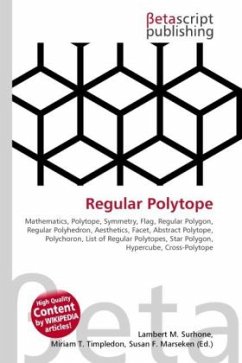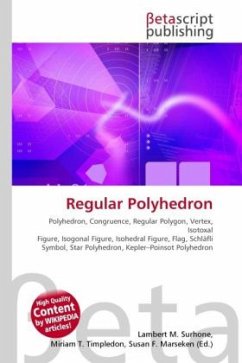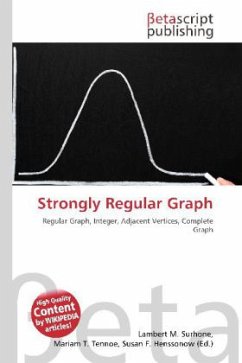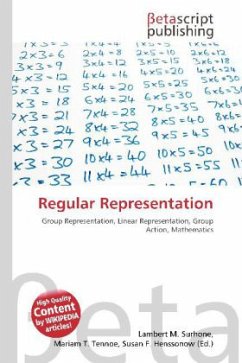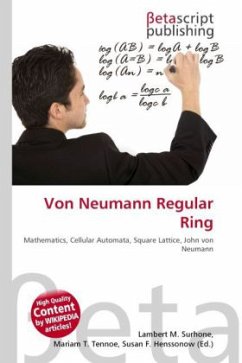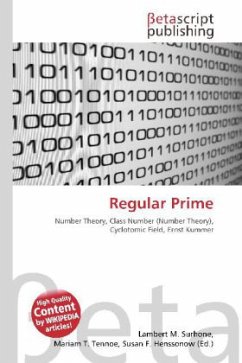
Regular Prime
Versandkostenfrei!
Versandfertig in 6-10 Tagen
23,99 €
inkl. MwSt.

PAYBACK Punkte
12 °P sammeln!
Please note that the content of this book primarily consists of articles available from Wikipedia or other free sources online. In number theory, a regular prime is a prime number p 2 that does not divide the class number of the p-th cyclotomic field. Ernst Kummer (Kummer 1850) showed that an equivalent criterion for regularity is that p does not divide the numerator of any of the Bernoulli numbers Bk for k = 2, 4, 6, , p 3. Kummer was able to prove that Fermat''s last theorem holds true for regular prime exponents. The first few regular primes are: 3, 5, 7, 11, 13, 17, 19, 23, 29, ... (sequen...
Please note that the content of this book primarily consists of articles available from Wikipedia or other free sources online. In number theory, a regular prime is a prime number p 2 that does not divide the class number of the p-th cyclotomic field. Ernst Kummer (Kummer 1850) showed that an equivalent criterion for regularity is that p does not divide the numerator of any of the Bernoulli numbers Bk for k = 2, 4, 6, , p 3. Kummer was able to prove that Fermat''s last theorem holds true for regular prime exponents. The first few regular primes are: 3, 5, 7, 11, 13, 17, 19, 23, 29, ... (sequence A007703 in OEIS). It has been conjectured that there are infinitely many regular primes. More precisely Siegel conjectured (1964) that e 1/2, or about 61%, of all prime numbers are regular, in the asymptotic sense of natural density. Neither conjecture has been proven as of 2010[update].



